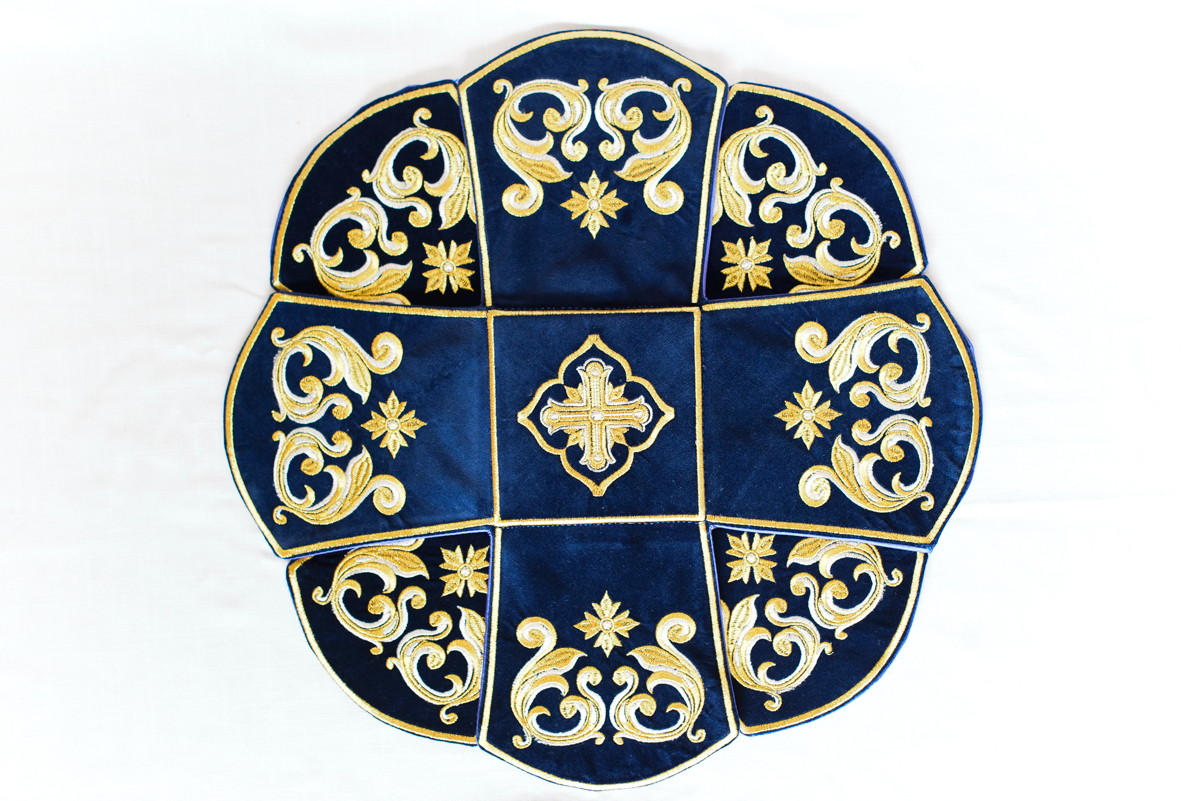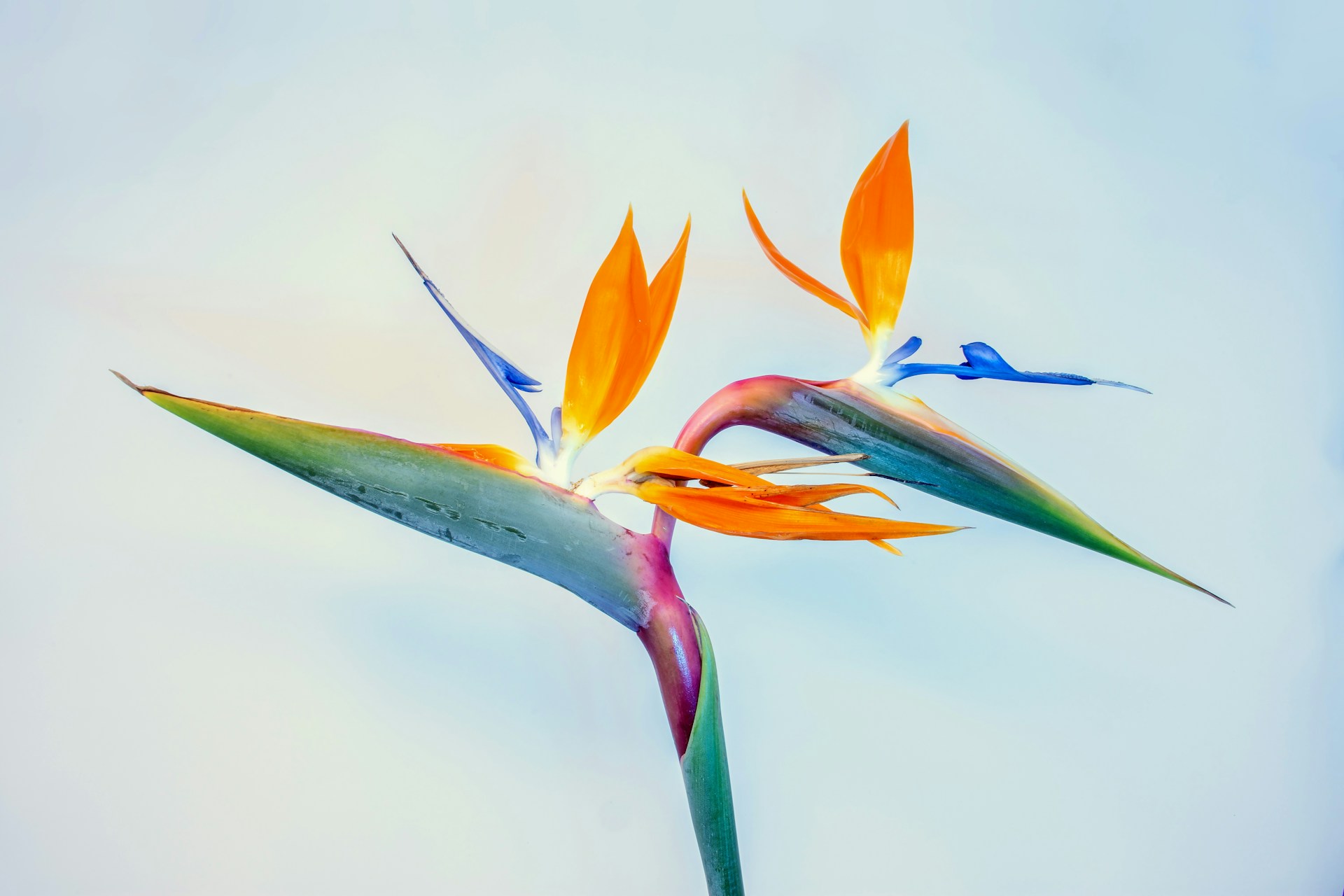Embroidery has been used for centuries as a way to embellish religious art and architecture. It has played a significant role in the expression of faith and devotion, adding beauty and meaning to religious items and spaces. Embroidery has been used to adorn clothing, altar cloths, tapestries, and other items used in religious ceremonies.
One of the most common uses of embroidery in religious art is in the creation of priestly vestments. These garments, worn by clergy during religious services, are often elaborately embroidered with intricate designs and symbols. The use of embroidery in priestly vestments dates back to ancient times when priests would wear garments adorned with symbols and designs that held religious significance.
In the Orthodox Christian tradition, priestly vestments are particularly ornate and intricately embroidered. These garments are often made up of a set consisting of several pieces, including a phelonion (robe), epitrachelion (stole), zone (belt), epimanikia (cuffs), and epigonation (diamond-shaped cloth worn on the right side). Each piece of the vestment set is meticulously embroidered with symbols, crosses, and other religious motifs that hold specific meanings within the Orthodox tradition.
The embroidery on Orthodox priest vestment sets is often done by skilled artisans who have been trained in the art of ecclesiastical embroidery. These artisans use traditional techniques and materials to create stunning designs that reflect the beauty and reverence of the Orthodox faith. The embroidery on priestly vestments is not only a way to adorn the garments but is also seen as a way to honor and glorify God.
In addition to priestly vestments, embroidery has also been used to adorn altar cloths, banners, and other items used in religious services. These items are often decorated with religious symbols, scenes from the Bible, and intricate floral designs. The use of embroidery in religious art and architecture serves to enhance the spiritual experience of worshipers and create a sense of awe and reverence in sacred spaces.
Throughout history, embroidery has played a crucial role in the expression of faith and devotion in various religious traditions. It has been used to adorn sacred spaces, objects, and garments, adding beauty and meaning to religious ceremonies. The intricate designs and symbols found in embroidered religious art and architecture serve as a visual representation of the beliefs and values of a particular faith.
In conclusion, the history of embroidery in religious art and architecture is rich and full of symbolism. From priestly vestment sets to altar cloths and tapestries, embroidery has been used to adorn sacred items and spaces, adding beauty and reverence to religious ceremonies. The intricate designs and symbols found in embroidered religious art serve as a powerful expression of faith and devotion, connecting believers to their spiritual traditions and beliefs.
——————-
Discover more on Orthodox priest vestment set contact us anytime:
Vestments and Embroidery | Custom Orthodox Priest Vestments
https://www.churchembroidery.net/
New York, United States
Handmade Orthodox priest vestments, deacon robes, and church embroidery. Custom liturgical garments from a family-owned USA-based Orthodox workshop.
Discover the beauty of faith through intricate stitches and timeless designs at churchembroidery.net. Experience the art of embroidery like never before as we bring sacred symbols and spiritual motifs to life with every needle and thread. Stay tuned for our latest collections and elevate your religious apparel with our exquisite creations.
